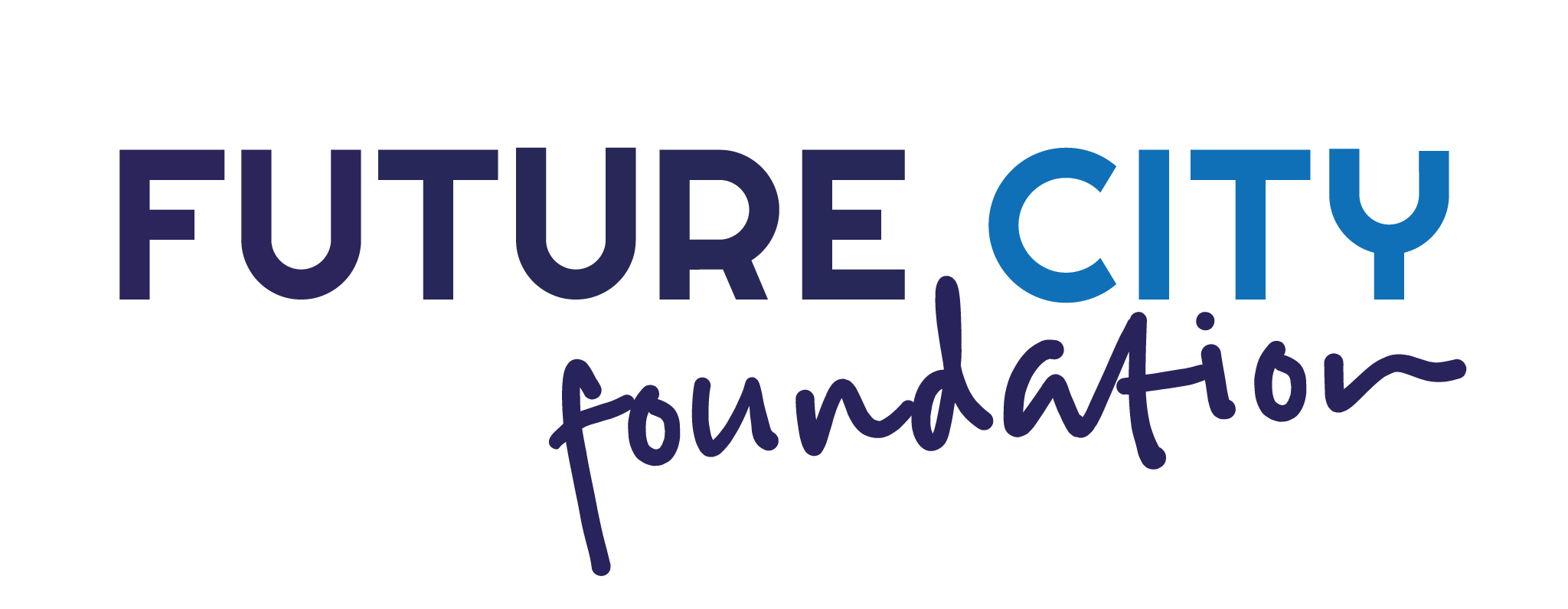Beschrijving
Xapix is significantly faster, more flexible, and more powerful than traditional approaches to data transformation, normalization, and integration, using the power of automation so that IT professionals can use data from hundreds of sources instead of only a few. The solution features a scalable microservice-driven architecture based on a library of data transformation adapters.
Xapix was built to unlock the full value of the enterprise data and help businesses take advantage of new standards such as NGSI. Existing services and database/middleware infrastructure from the enterprise can be reused and leveraged through data transformation to open modern RESTful JSON APIs to users so that they can partner at scale.
At the core of the Xapix offering is a data transformation tool that allows developers to define an automated transformation between existing data and a modelled output. The existing data sources can be RESTful APIs, SOAP XML services, EDI, or a direct connection to databases such as MySQL, MSSQL, PostgreSQL, and others. Adapters read in the services from the existing interfaces and allow developers to reconstruct the output such that a more developer-friendly output can be offered. Developers can choose to have the output delivered in various formats such as JSON, XML, CSV, and others. The new output is auto-generated and can then be adjusted by the user.
As part of the data transformation process, the output data can be renamed, cached, filtered, chained, and combined with other APIs, and changed by input functions. This further improves quality and performance of services offered to developers. Additionally, microservices can be leveraged for more complex operations. The data transformation tooling can be used as a cloud service or on-premises solution—depending on the needs and setup of your IT team.






Beoordelingen
Er zijn nog geen beoordelingen.